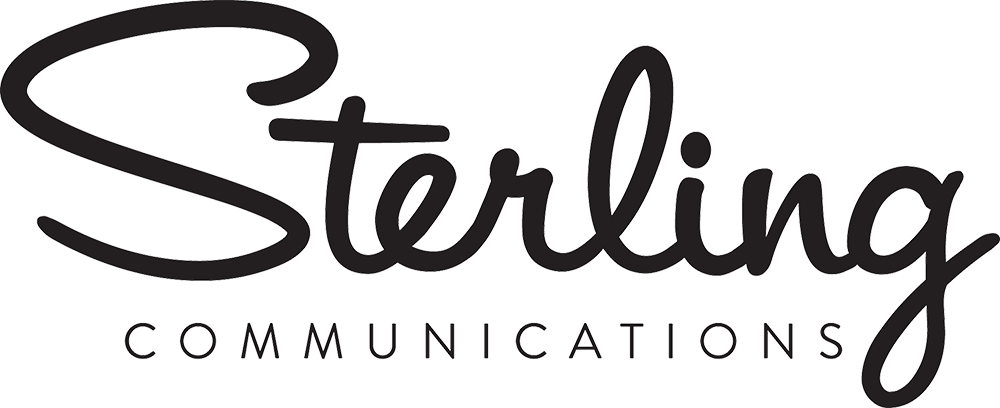One truly under-utilized professional communications medium is the podcast. While this digital audio content delivery format has been around for about 20 years, it’s still largely neglected for brand audience development and messaging amplification.
Sure, many companies advertise on or sponsor third-party podcasts. And many thought leaders already engage with popular podcast shows as guests or contributors. That’s all great! But such avenues largely mimic the customs of traditional audio formats like radio.
The power of podcasts
Modern companies should consider podcasts along the same lines as video. Just as with creating a company YouTube or Vimeo channel — or featuring video webinars, sizzle reels, and product or service explainers on your organization’s website — a company podcast can deliver powerful encapsulated content directly to interested individuals at scale.
The format is portable, intimate, and incredibly engaging — and podcast consumption is on the rise.
According to The Infinite Dial 2020 report from Edison Research:
- 212 million Americans are familiar with podcasting
- 104 million Americans are monthly listeners
- 68 million Americans are weekly listeners
- 48% of listeners are ages 12–34, 32% are 35–54, and 20% are 55+
- 55% of listener audiences are men, 45% are women
Podcasts and PR
Such a large and growing audience deserves attention in public relations strategies. Companies can pursue podcast development to augment marketing and communications goals, to showcase expertise, to provide self-directed learning content, or even broaden recruitment outreach. As Business.com notes:
- Podcasts capture audience attention
- Podcasts create a personalized experience
- Podcasts help build and maintain important network connections
In short, podcasting presents a great opportunity for organizations to demonstrate knowledge and value through a convenient, popular, and effective medium.
Sterling Communications recently worked with a client to develop, launch, and produce a monthly podcast focused on highlighting key mission objectives and exploring pertinent issues within a specific sector. Discussions about the concept began in July 2020, development and production officially kicked off in September, and the first episode went live in November. That’s a pretty speedy process for mastering a new medium and establishing a new brand communications vehicle!
While there was definitely a learning curve, moving from podcast idea to actualization was neither inordinately complex nor cost prohibitive. The barriers to podcasting are pretty low — anyone can make one, and some amateur efforts are great.
Podcast prep
That being said, as with all professional communications, developing a brand podcast requires clear strategy and forethought. Not every company’s communication needs are the same, so not every podcast will be the same. Here are three research and preparation tips if you’re considering a podcast for your organization:
- Podcast exploration: Browse and listen to a variety of freely available podcasts for inspiration. Make sure your research includes podcasts with single speakers, one-on-one interviews or conversations, and group panels. Sample podcasts devoted to diverse topics, not just those covering your organization’s area of focus. Gauge your preferences (and those of your intended audience) for different episode lengths (5 minute, 20 minute, or about an hour).
- Podcast software and hardware: Learn a bit about the tools you’ll need to make it all happen. While pretty much every device these days comes with microphone and recording capabilities, there is a vast assortment of equipment, apps, and services that can impact quality and either ease or complicate your podcasting efforts. We’ll discuss a few recording/editing/hosting/distribution options in our next post.
- Podcast branding: Spend some time thinking about your podcast’s “personality.” You’ll need to consider what you’ll call it, who will host it, how it will be described, what kinds of images and collateral will accompany it for listing and sharing.
Other deliberations will include cadence (episode posting yearly, quarterly, monthly, weekly, daily); whether there’ll be guests, mapping out a content calendar to plan episodes by theme and/or topic, and budgeting investment (in both dollars and time).
Keep in mind that very few podcasts achieve the popularity of The Tim Ferris Show or TED Talks Daily, and that’s OK. A company podcast shouldn’t aim to be the next Serial.
Building any podcast audience is gradual and takes time. And the ultimate aim of a company podcast should be to supply engaging content for a pretty specific audience (say, your desired customers, potential partners, industry influencers, and future recruits).
Envisioning a company podcast that’s tailored to add communications value specific to your organization is the best place to start. We’ll devote our next post to detailing “Company Podcasting 101: Tips and Best Practices.” In the meantime, you can email us at go@sterlingpr.com or call (408) 395-5500 to learn more or further discuss podcasting and PR.

